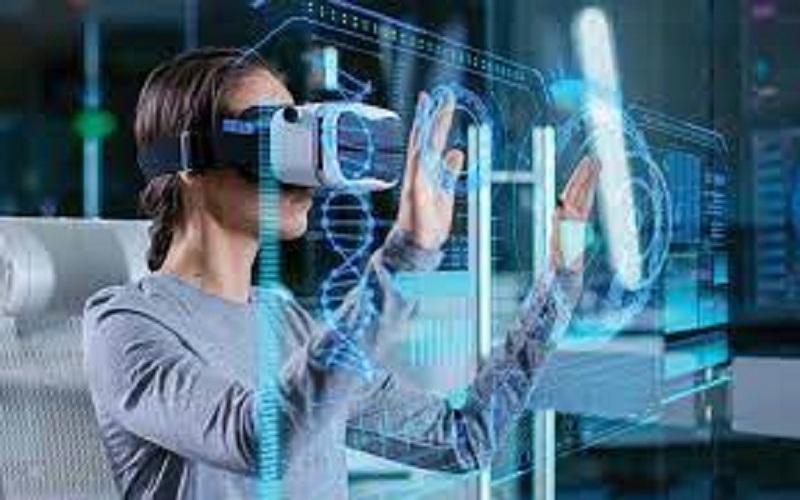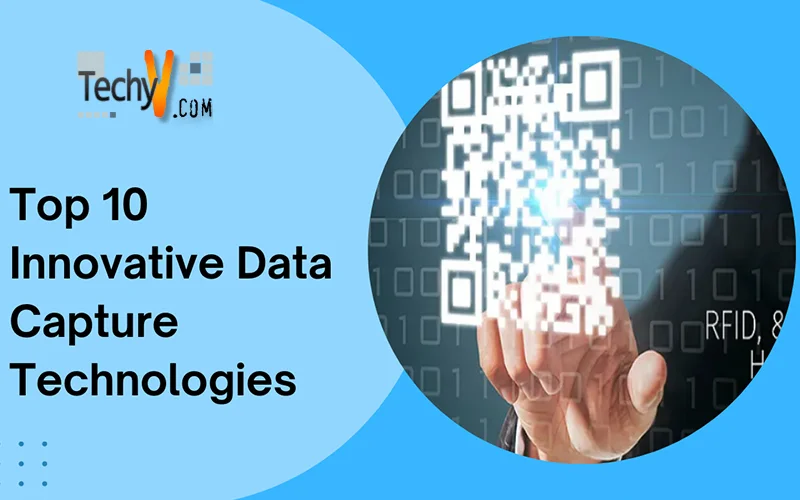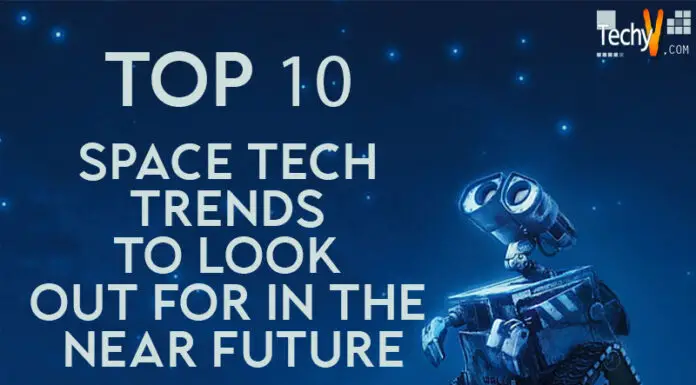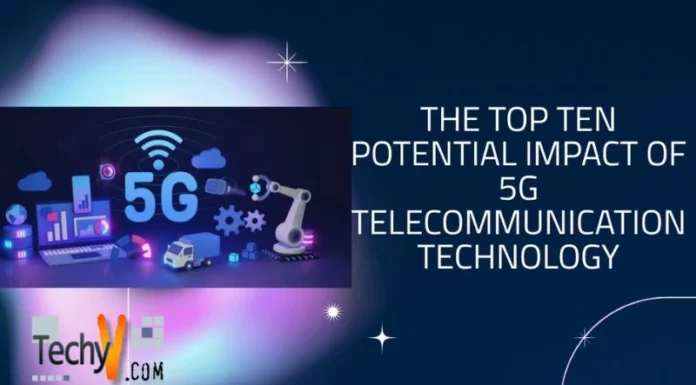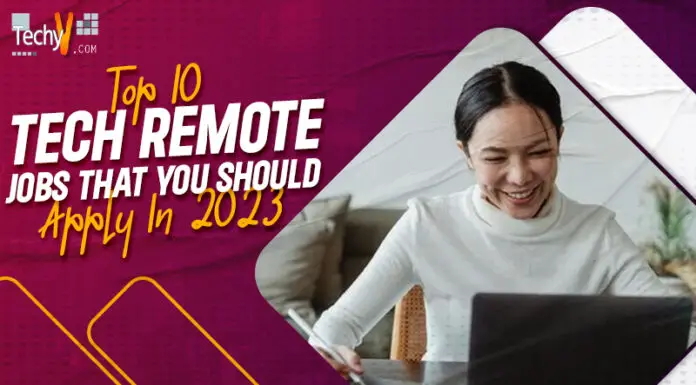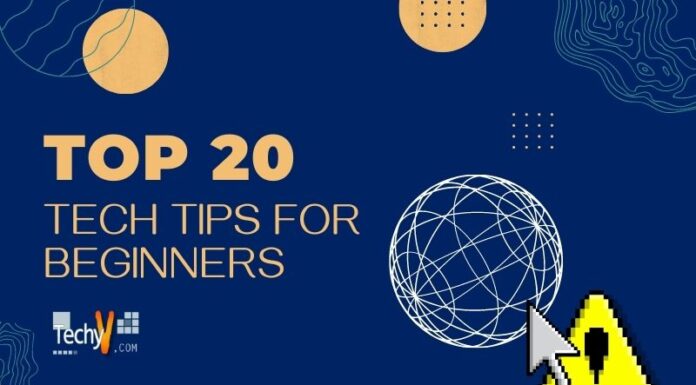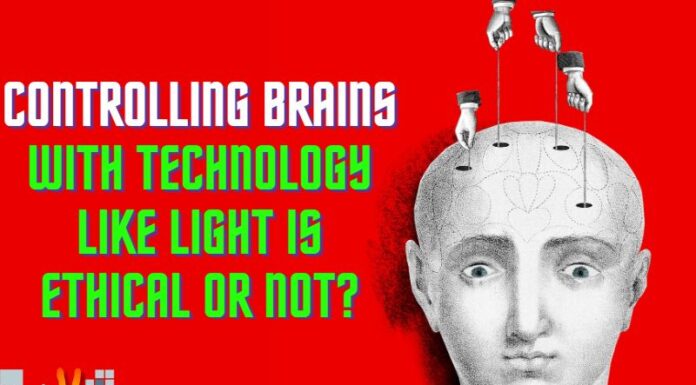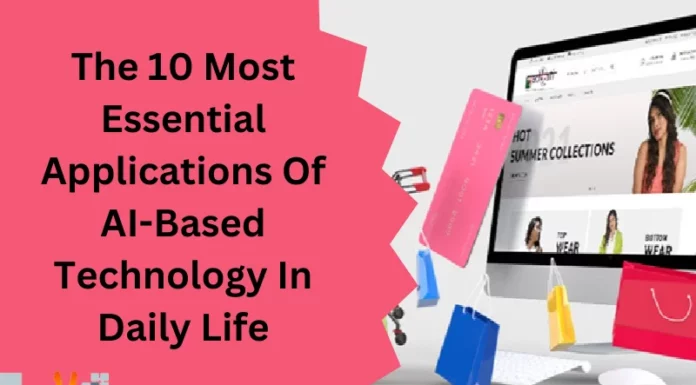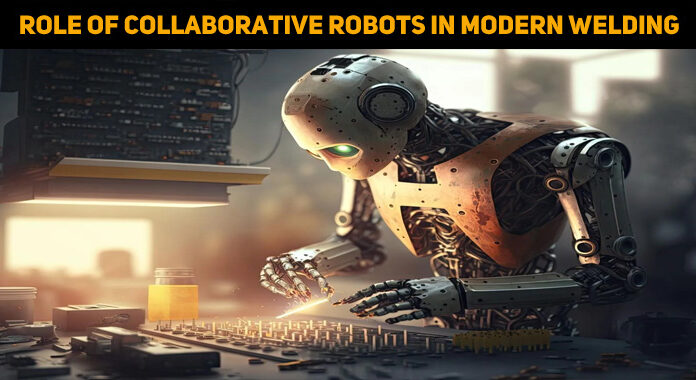Education research is a field that is constantly changing and adapt new problems and possibilities. The collection of data to understand educational practices, policies, and results is a crucial element of this research. Researchers may access numerous novel data-gathering approaches to address these various problems thanks to technical breakthroughs and methodology.
1. Optical Character Recognition
OCR technology extracts information from structured documents, most of which is word processed. The software transforms papers into machine-readable files, after which it may search for keywords included within them, which is helpful for files holding vast volumes of data.
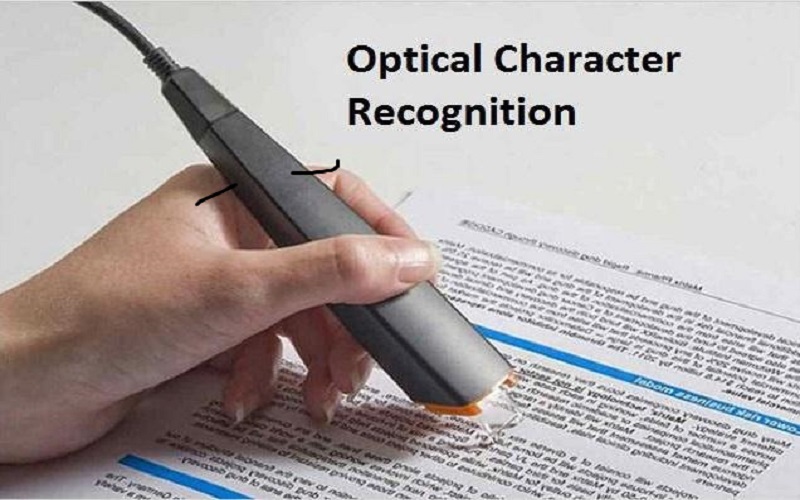
2. Online surveys
The development and subsequent refining of online surveys have greatly aided transport planners in terms of efficiency and flexibility. Internet surveys have several intrinsic benefits over paper surveys, including the capacity to alter questions depending on past user dynamically, almost infinite scalability, and greater accuracy owing to eliminating human data entry. Many survey businesses retain panels of people who have expressed an interest in participating in online surveys, resulting in response rates that are frequently much greater than those for traditional surveys.
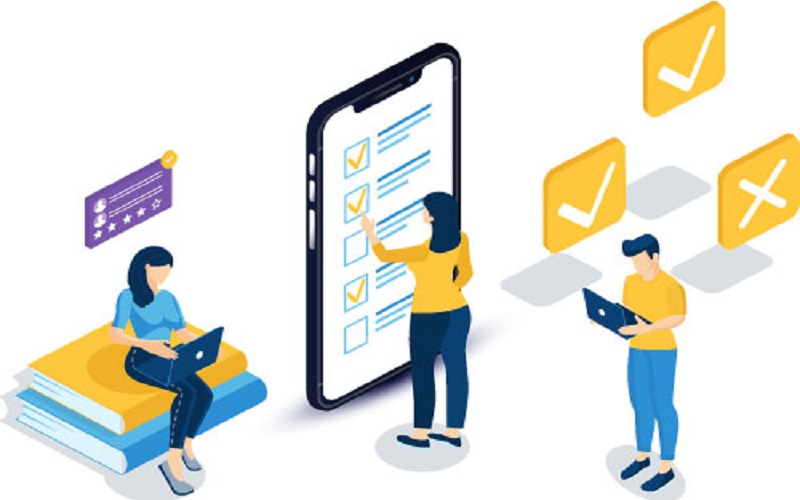
3. Mobile Surveys
Rising use of mobile devices, mobile surveys are becoming an increasingly appealing option for data collecting. Surveys is designed and administered by researchers using mobile applications or SMS allowing participants to reply on smartphones or tablets. This strategy is more convenient and yields greater response rates than older methods.
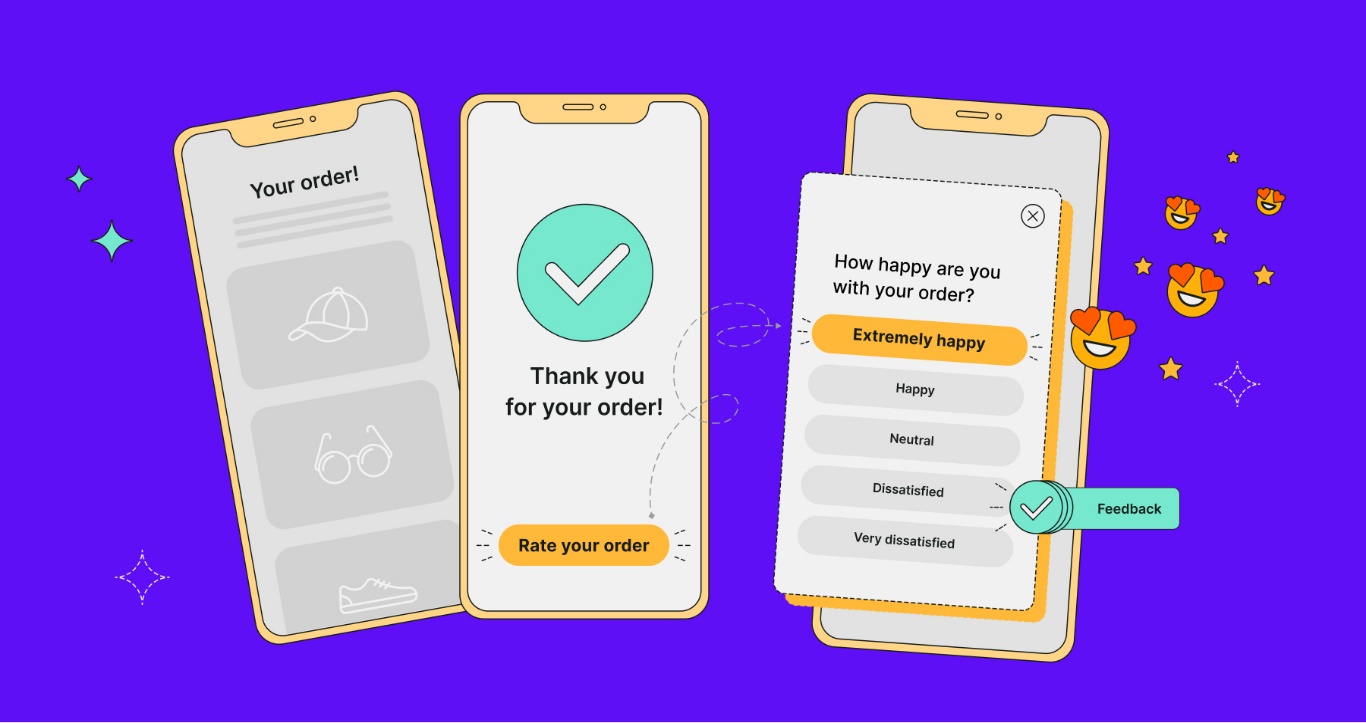
4. GPS
Automobile GPS systems have become a low-cost and helpful instrument for collecting trip time data, and GPS data from travel time run is easily analyzed and visually presented. Some systems allow users to submit GPS tracks, making it possible to aggregate multiple separate journey time readings. Some GPS manufacturers give historical average journey times based on this data. In contrast, third-party suppliers provide real-time travel time information by integrating data from GPS-equipped probe cars with other sources.
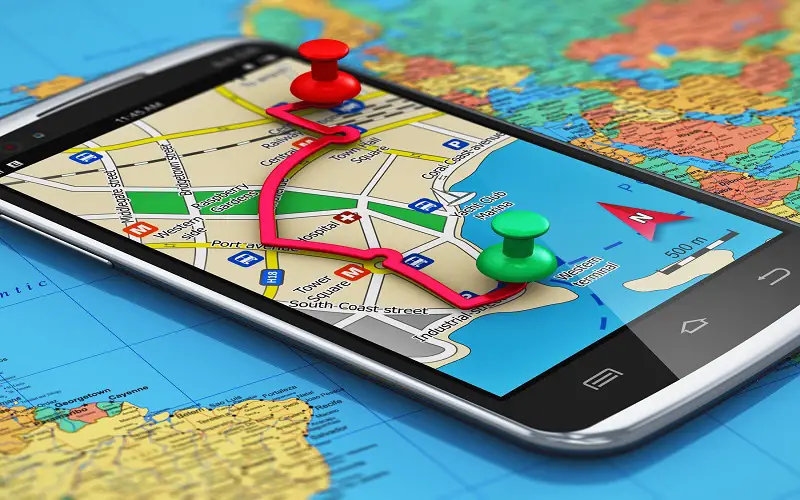
5. Smartcards
Public transport systems worldwide employ smartcards for fare collection, and smartcard transaction data is used to create a variety of planning information. The time-varying volume of users who enter the system at various stations and stops may be readily ascertained. Systems that demand a smartcard at entrance and exit create point-to-point volumes and trip times based on the time of day. Smartcards that can be used across several modes or systems of public transport allow connected trips to be easily detected and characterized.
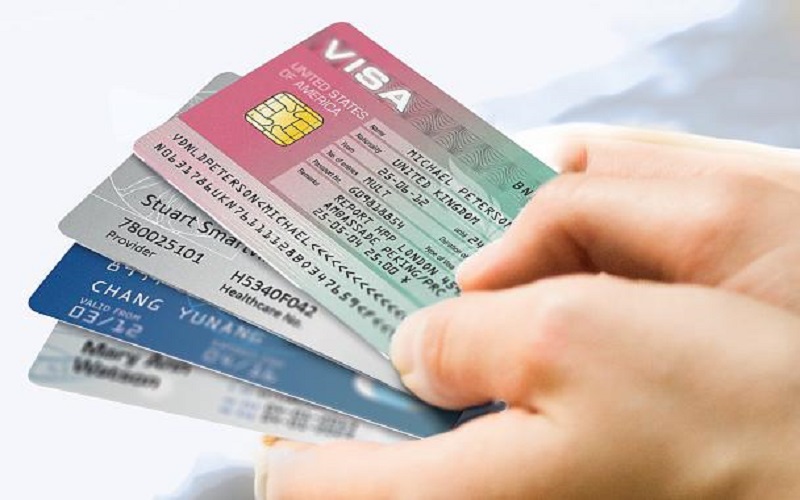
6. Double Blind Data Entry
Double-blind data entry is a type of manual data input that employs two workers and validation tools to improve accuracy. Any inconsistencies between the two sets of data are highlighted by the program, and mistakes are fixed before moved.
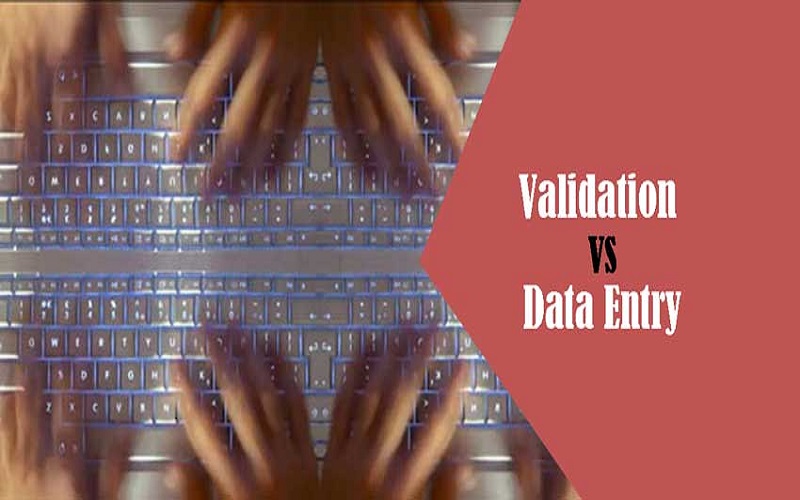
7. Barcode Technology
Barcode technology is a data capture mechanism that allows information such as customer name, address, and phone number pre-populated into barcode format before the submission of forms. This data capturing method considerably lowers the amount of human data entering required upon return.
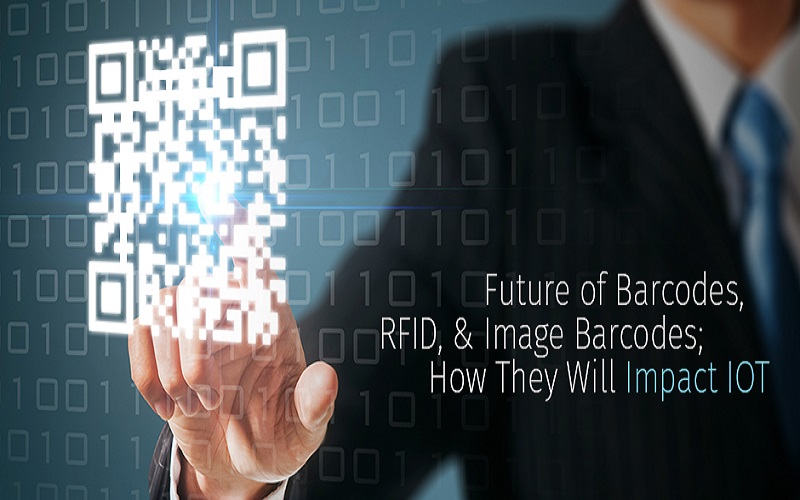
8. Social Media Analysis
Researchers use data from social media sites to understand educational trends and patterns. The information is used for a better understanding of student engagement, learning experiences, and the influence of educational policies or practices. Researchers use social media analysis tools to sift numerous platforms and extract meaningful information, frequently accomplished through sentiment analysis, hashtag monitoring, or network analysis.
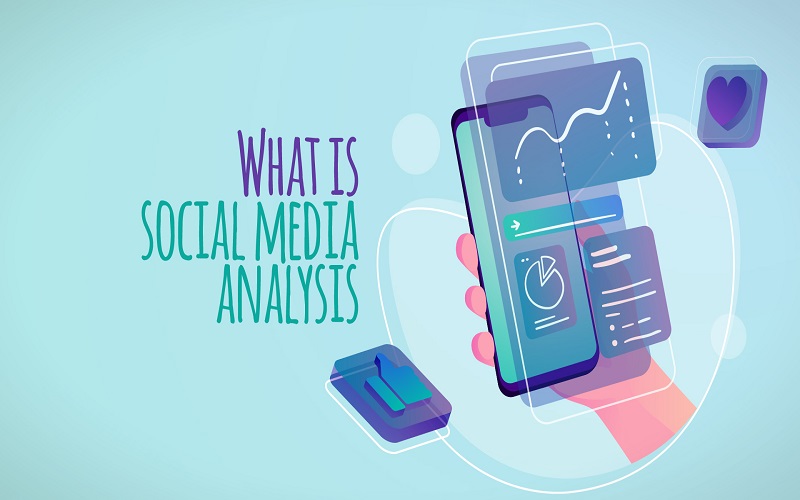
9. Elicitation Techniques
Elicitation strategies intended to urge interviewers to disclose more detailed information. Images, films, and other stimuli may use to inspire debate and contemplation. Elicitation strategies can improve the depth and breadth of interview material.
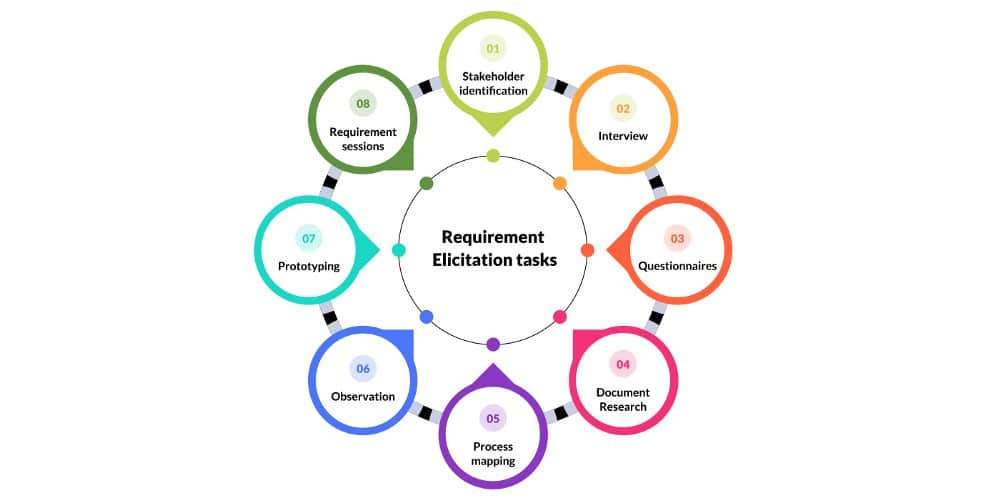
10. Virtual Reality & Immersive Technologies
VR and immersive technology can give education researchers with unprecedented chances to monitor or imitate educational events. Researchers can develop virtual environments to explore how participants engage with distinct learning situations, or they can modify variables to assess the possible effects of various educational policies or practices.
